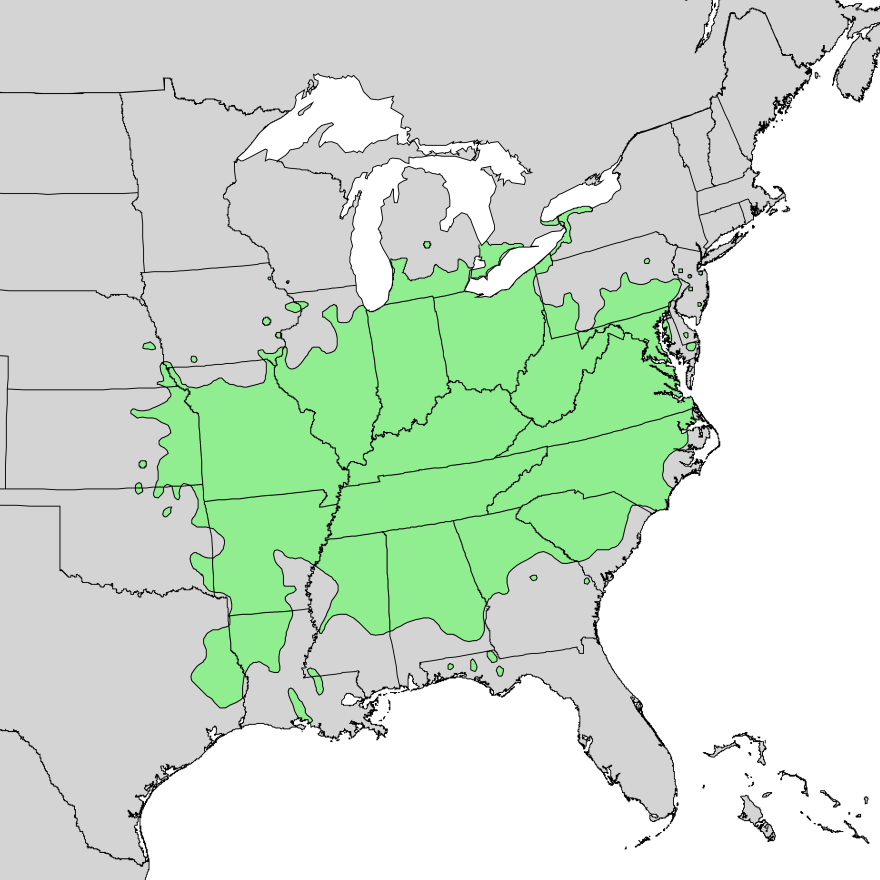Across the Northeast, environmentalists and enthusiasts are touting the American pawpaw tree. The fruit-bearing tree has become core to a University at Albany initiative to lower urban temperatures and provide a source of nutritious food to members of the community.
Well known in the South, pawpaws are part of the custard apple or “soursop” family, and produce the largest edible fruit native to North America.
Lately, researchers have started planting the trees in Albany as part of a broader effort to populate the city with more greenery.
Sky Eigen, a Research and Project Assistant at the Institute for Transformational and Ecosystem-based Climate Adaptation (ITECA) at the University at Albany, is helping to lead the project.
"We're planting trees, and we're training students here, because we actually have a nationwide tree and seed shortage, and so we're actually building a tree nursery on campus that's going to be run as a student cooperative business. We're actually going to be growing pawpaws in our nursery, to be able to plant them throughout the city," said Eigen.
A $5 million dollar grant from the U.S. Forest Service has enabled UAlbany researchers to go into underserved and economically disadvantaged communities in Albany to plant trees to help with ecological restoration and to provide residents with fresh fruit, especially in parts of the city known to be food deserts. And with the trees’ shade able to lower urban air temperatures by as much as 10 degrees on hot summer days, the pawpaws also provide relief from extreme heat.
Eigen says several cold-hardy pawpaws have already been planted by Radix, the South End's Ecological Sustainability Center.
"ITECA itself is about a year old. And so we've been planting trees, I think, nearly 260 trees thus far, since last fall, and then throughout the summer, of course," Eigen said. "Radix itself has also been planting trees for many years as well. So there are, for example, there are fruiting pawpaws along Warren Street in the South end, because Radix planted them a few years ago. And so there's a few different generations, I would say, within the past three years, we've, as a collective, have been planting several fruit trees in downtown Albany."

Pawpaw seedlings typically take five to seven years to bear fruit and are best harvested in September and October. The fruits resemble small green potatoes and sometimes grow in clusters. They have a creamy banana-like texture and banana-mango flavor with a hint of vanilla. Like the mulberry, the pawpaw fruit has a very short shelf life making it impractical to pick and ship to stores for retail sales.
But the climate adaptation Institute’s Director Dr. Ríobart Breen says the tree can adapt to extreme heat and high humidity, making it perfect for planting in downtown areas. While just a few of the 260 trees UAlbany researchers have planted thus far are papaws, Breen says ITECA intends to plant many more.
"We are growing pawpaws as a viable, climate adapted, local, you know, native tree. The intent is to grow those more and more. The difficulty right now, I'd say, I would say difficult. Certainly a challenge is that while the pawpaw is native, there are a lot of factors that came in to really reduce the number of pawpaws locally in this ecosystem. And part of that was that they were just not commercially viable. They have a very short shelf life, very easily bruisable, and they don't always look attractive. They're most delicious and ripe when they look terrible," said Breen.
Eigen says Albany's urban trees, led by the pawpaw, could become outdoor cooling centers.
"Under the shade of a tree, at the height of the summer, you can actually have an ambient like felt air temperature reduction up to 30 degrees, which is life-saving, and a surface temperature reduction by 20 degrees. And you can actually see in a neighborhood where there's a lot of trees that have actually built that urban canopy layer, you can see an up to 12 degree reduction in the neighborhood, which I think is amazing," Eigen said.
The researchers are also considering planting fruit and nut trees in disadvantaged neighborhoods to provide sources of free, healthy food.

- 2025 Pawpaw Festivals run by various organizations around the country, compiled by Project Pawpaw
- Kentucky State University hosts the 5th International Pawpaw Conference from September 9-11.









